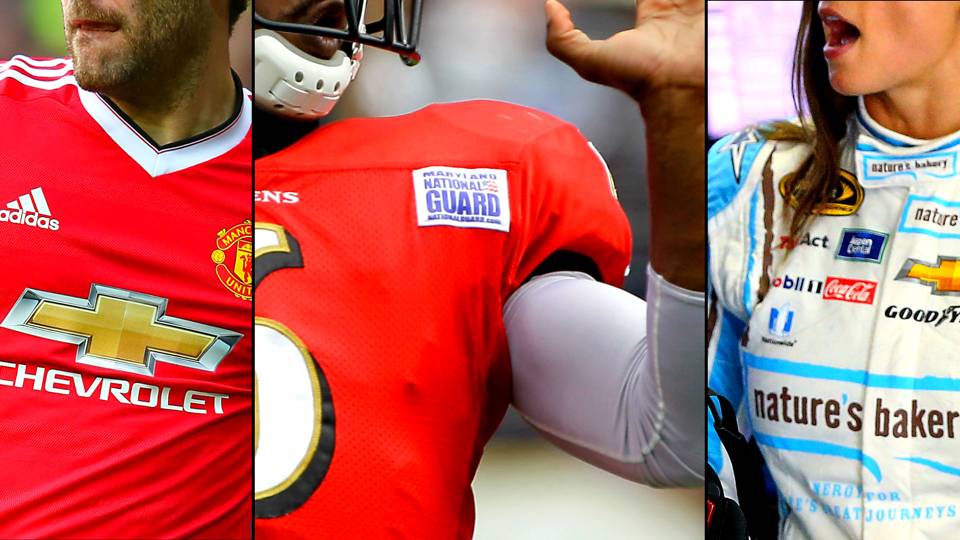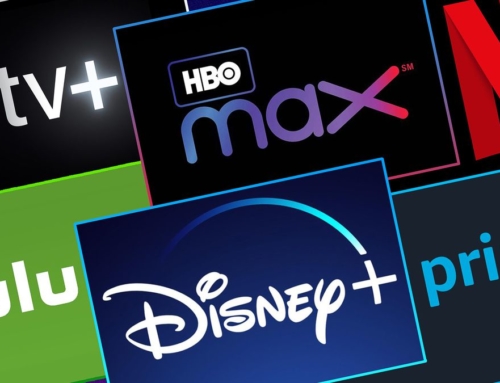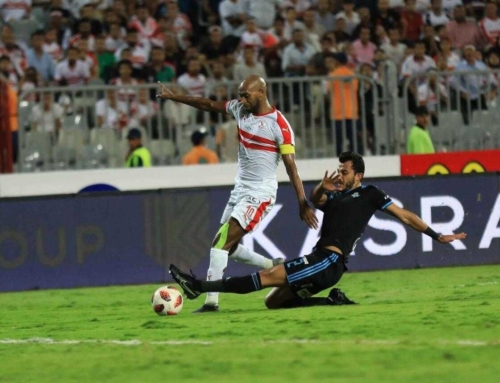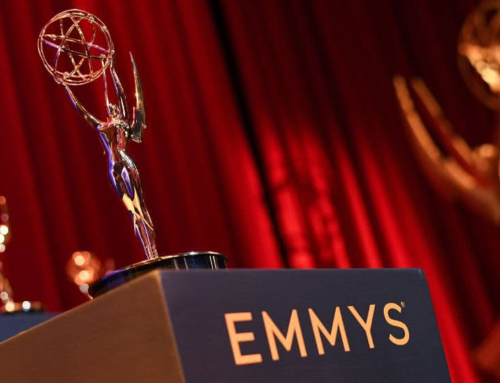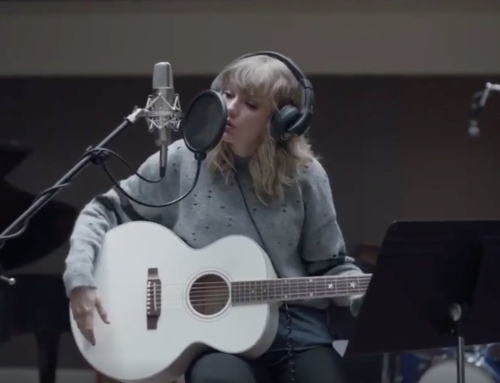
Around the world, sports are one facet of entertainment that are often viewed as a great unifier. Worldwide, games are played in the same fashion and are seen as something that people can come together around and relate to. Whether you’re watching a game in North America, Europe or another part of the world, you’re likely to only notice a few differences in the ways in which games are presented. In many instances, the most glaring difference comes in the form of advertisements and the space they occupy in sporting events.
In Europe, it has been the case for many decades that advertisements litter not only the playing fields but the players’ jerseys as well. This has become common practice for many leagues in Europe and is relatively well-accepted as an extension of the sport. Contrary to this, leagues in North America have remained hesitant at the prospect of further integrating advertisements into sporting events. Although sports broadcasts and the arenas teams play in are filled to the brim with logos, sponsorships and ads, one space has remained barren: the players themselves.
In 2018, this space is becoming harder to ignore. Although many sports leagues in North America are quick to defend their traditionalist values, citing the potential of alienating fans, there is no denying the potential for increased revenue that comes with the many forms of advertising available to them. For this reason, the “Big Four” are at the very least considering what can be done with the potential advertising space on jerseys. These deliberations currently exist for the most part on a spectrum, with some leagues at one end looking to make progressive moves in the industry, and others at the other end sticking to the traditional ways in which the league has operated within in North America.
At one extreme of the spectrum is the NBA. At the start of the last season, the league introduced a three-year pilot project allowing teams to place sponsor logos on their jerseys. The project has allowed teams to introduce 2.5 by 2.5 inch ads above the left breast of the players’ jerseys. The placement and size of the patch was seen as a compromise between following through with branded jerseys and turning players into human billboards. Michael Neuman, a managing partner at Scout Sports and Entertainment, described the patches as a “reasonable solution to balance financial needs and honor the integrity for team names.”
The league’s biggest concern was ensuring “brand fit.” For that reason, many teams have joined forces with brands that have pre-existing relationships either with the team itself or with the city that the team is based in. For example, the Boston Celtics partnered with General Electric for a $7-million-per-year deal; GE recently moved its headquarters to Boston and is the provider of data analytics for the Celtics. Similarly, the Sacramento Kings partnered with Blue Diamond Almonds; almonds and almond farming are a major export in California and represent an important aspect of the economy in that market.
It helped that the NBA had studies to back up their approach as well as five years of branded WNBA jerseys, which have brought in revenue and received very little backlash. Still, it came as no surprise to branding experts that the NBA was the first league to pursue these brand deals, as professional basketball has historically been ahead of the curve in terms of both social issues and branding in North America.
The NHL, along with MLB, finds itself on the opposite end of the sponsorship spectrum, having expressed a negative response to the idea of branding jerseys.
NHL Commissioner Gary Bettman said himself that jersey sponsorship is not an active discussion within the league. He’s been quoted as saying: “It would take an unusual circumstance — which I would define as ‘a lot of money that I’m having trouble comprehending right now’ — for us to even be thinking about it.”
Bettman may be correct in holding off on sponsorships, given the traditional nature of the NHL and hockey fans’ attitudes towards commercialism. NHL jerseys are seen as prestigious and sentimental items among fans, and Bettman seems to think that introducing sponsorships on jerseys would bring about a considerable amount of backlash that would ultimately outweigh any advantageous effects that sponsorships could provide.
“The fact of the matter is we take great pride in our sweaters. We think they’re the best in all of sports and [adding jersey ads] is not something we’re running off to do. We think what we have is special. We talk about history and tradition and how special hockey jerseys are.”
For MLB, conservatism is the rule of the land. Famously known for its traditionalist and purist views, the baseball league has remained on the same side as the NHL when it comes to sponsored jerseys. However, MLB may soon face a tough decision as they eye the possibility of branded jerseys out of necessity. The league has been struggling for years in efforts to retain viewership. One method of doing so would be to shorten games. However, the league currently relies on its relationships with advertisers and the revenue they provide through commercials in broadcast games. Adding logos to jerseys could provide a compromise in increasing viewership through having the ability to shorten games while still maintaining relationships with advertisers. As it stands, Rob Manfred, commissioner of MLB, has said he’s open to the idea of putting ads on uniforms.
The argument against sponsored jerseys also comes down to visual appeal and game watchability. In North America, games in every league are already heavily branded, from the naming rights of the arenas that teams play in to the heavy saturation of virtually every square inch of area surrounding the team with company logos and other ads. Some critics have argued that this approach looks “trashy” and prevents viewers — both at the event and watching from home — from being able to focus on the game itself. In North America, jerseys seem to be the last remaining area free from commercialization.
Although most leagues are reluctant to admit it, jersey sponsorships will ultimately come down to revenue potential. It’s becoming increasingly clear that leagues will begin to lose out on more and more potential profits by refusing to sell ad space on jerseys as is done in other markets. As Sports Illustrated reported in 2010, the soccer teams in the English Premier League brought in a collective $155 million through jersey sponsorships in one season. In 2011, Horizon Media estimated that the NBA, NHL, NFL and MLB lost out on $370 million per year by refusing jersey sponsorships from Allstate, Samsung and Doritos.
In a saturated market where leagues are finding it more and more difficult to retain viewers, the potential for increased revenue should not be downplayed as a move that lacks integrity. Although maneuvering between increased revenue and fan backlash is rather delicate, it is not impossible. The NBA is a prime example of ensuring a positive brand fit that results in a harmonious outcome for both sides. If done correctly, branded jerseys could take up little space while increasing revenues. Of course, the question that comes next will be that of the players’ rights in the matter, and what cut of these revenues they will receive if they are ostensibly being transformed into human billboards. Still, further branding seems to be the direction that most leagues are heading towards worldwide. Although most leagues in North America remain reluctant to change, the amount of revenue being brought in in other markets will soon be too big to ignore.


